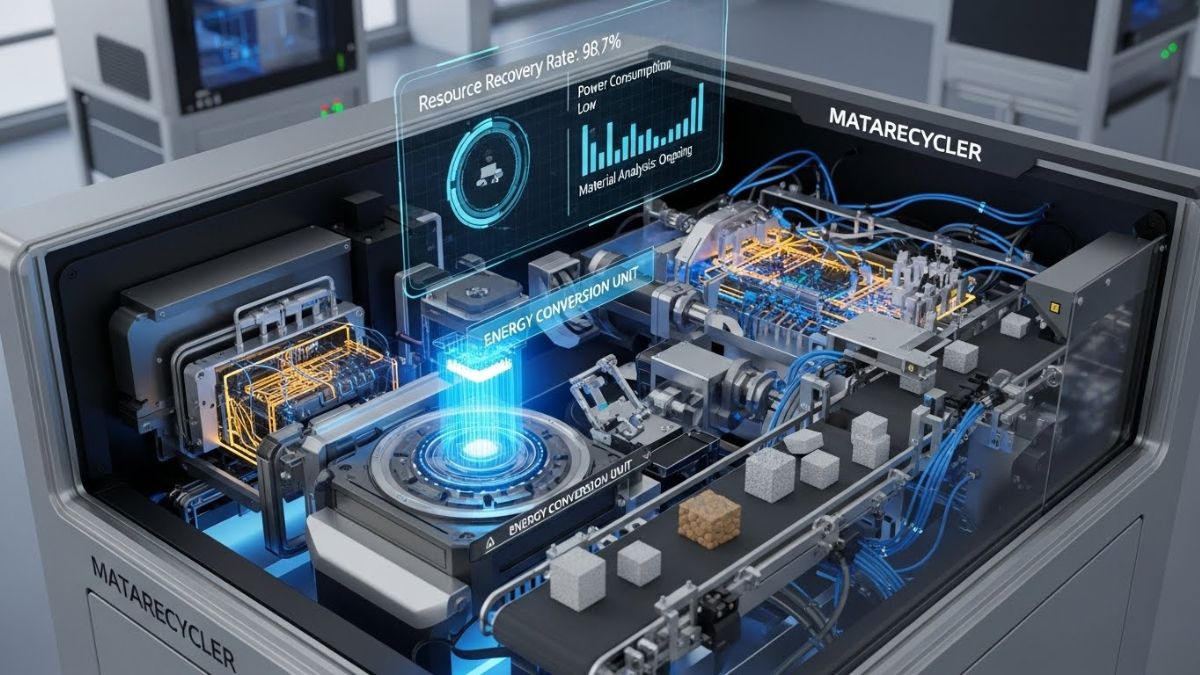In the rapidly evolving landscape of optical communication, transponders play a pivotal role. These devices are critical components in ensuring that data is transmitted efficiently and reliably across vast distances. In this blog, we will delve into what transponders are, their functions, and their significance in modern optical networks.
What is a Transponder?
A transponder, short for transmitter-responder, is an electronic device that receives, amplifies, and retransmits a signal on a different frequency. In the context of optical communication, a transponder converts electrical signals to optical signals and vice versa. This conversion is essential for data to be transmitted over optical fiber networks, which are the backbone of high-speed internet and telecommunications.
Key Functions of a Transponder
- Signal Conversion: One of the primary functions of a transponder is to convert electrical signals into optical signals for transmission over fiber optic cables. Upon reaching the destination, it converts the optical signals back into electrical signals.
- Wavelength Assignment: Transponders can assign different wavelengths to signals. This process, known as wavelength division multiplexing (WDM), allows multiple signals to be transmitted simultaneously over a single fiber, significantly increasing the network’s capacity.
- Signal Regeneration: Over long distances, optical signals can degrade. Transponders regenerate these signals to ensure they remain strong and clear, thus maintaining the integrity of the data being transmitted.
- Error Correction: Advanced transponders are equipped with error correction mechanisms to detect and correct errors in the data stream, enhancing the reliability of the transmission.
Types of Transponders
- 100G Transponders: These are designed for 100 Gigabit Ethernet (100GbE) networks, offering high-speed data transmission over long distances. They are commonly used in data centers and large-scale network infrastructures.
- Coherent Transponders: Utilizing coherent detection technology, these transponders provide higher sensitivity and longer reach, making them ideal for long-haul and submarine cable systems.
- DWDM Transponders: Dense Wavelength Division Multiplexing (DWDM) transponders allow for the transmission of multiple signals on different wavelengths over a single fiber. They are essential for maximizing the capacity of existing fiber infrastructure.
Check the difference between EDFA vs. Repeater vs. Transponder
The Importance of Transponders in Modern Networks
As demand for high-speed internet and data services continues to grow, the role of transponders becomes increasingly critical. Here’s why:
- Bandwidth Expansion: By enabling WDM, transponders help expand the bandwidth of optical networks without the need for additional fiber deployment. This is crucial for meeting the ever-growing data demands.
- Cost Efficiency: Signal regeneration and error correction capabilities of transponders reduce the need for frequent maintenance and network upgrades, leading to cost savings for service providers.
- Network Flexibility: Transponders allow for dynamic wavelength assignment and routing, providing network operators with the flexibility to manage and optimize their networks more effectively.
- Enhanced Performance: With the ability to regenerate signals and correct errors, transponders ensure high performance and reliability of data transmission, which is essential for applications like cloud computing, video streaming, and real-time communication.
Future Trends
The future of transponders looks promising, with ongoing advancements aimed at increasing their efficiency and capabilities. Key trends to watch include:
- Integration with SDN: Software-defined networking (SDN) allows for more intelligent and automated network management. Integrating transponders with SDN can enhance network programmability and scalability.
- Higher Data Rates: As the demand for bandwidth continues to grow, transponders supporting higher data rates, such as 400G and beyond, are being developed to meet these needs.
- Energy Efficiency: With sustainability becoming a priority, future transponders are likely to focus on reducing power consumption while maintaining high performance.
Conclusion
Transponders are indispensable in modern optical communication networks, enabling efficient, reliable, and high-speed data transmission. As technology continues to advance, transponders will play an even more critical role in shaping the future of global communications. Understanding their functions and significance helps appreciate the complexity and innovation involved in keeping our world connected.











